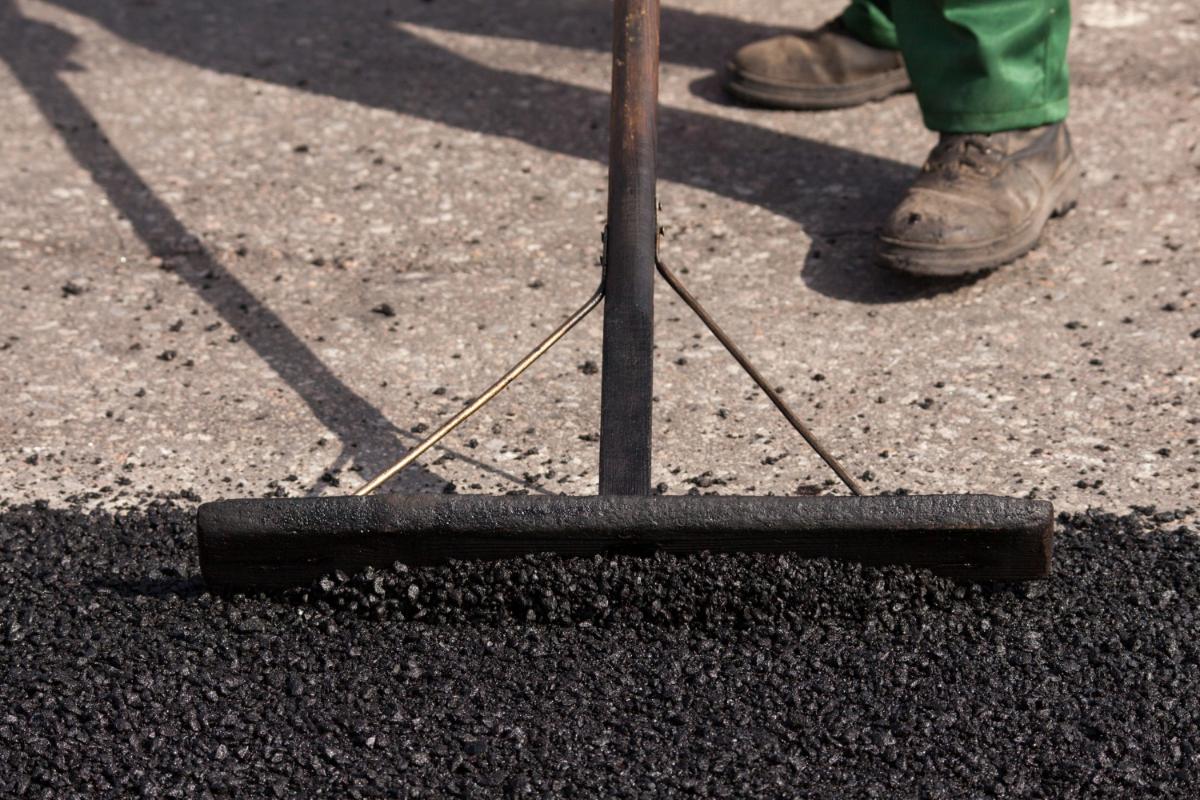The Why and How of Chip Sealing

Chip sealing, also known as bituminous surface treatment, applies a unique protective surface to existing asphalt pavement.
Why chip seal?
Chip sealing is considered a better solution than many other paving options for several unique reasons. Our experts offer these great benefits for choosing to chip seal existing asphalt pavement surfaces:
- The cost of chip sealing is fifteen to twenty percent of the total cost of asphalt pavement overlays.
- Chip sealing also creates a highly skid-resistant surface for vehicles, particularly on wet pavement.
- Chip seal can help keep water from penetrating the road structure of existing asphalt paved surfaces.
- Chip sealing will seal the existing asphalt pavement surface to minimize the effects of aging.
- Chip sealing can fill and seal cracks and uneven surfaces on old asphalt pavement.
- Chip seal in Fredericksburg, TX, provides an anti-glare surface during wet weather and increased reflectiveness for night driving.
The chip seal process
First, an asphalt and water mixture is applied to the road using a special spray truck. Once the liquid asphalt covers the road surface, the water in the mixture begins to evaporate. Immediately after the asphalt is sprayed, a spreader applies a layer of crushed gravel with a maximum size of 3/8 of an inch. Rubber-tired rollers then compact and embed gravel into the asphalt. It's important to note that not all of the rocks will become embedded even with a high-pressure roller.
The newly chip sealed surface may require up to two days to cure properly. You can speed up the curing process during hot or dry weather. This process requires all of the remaining water in the emulsion to evaporate and the asphalt to harden. Traffic is allowed to pass over the newly chip sealed surface at reduced speeds during the curing process. Once the curing is complete, the loose gravel is swept off the surface, taking several sweepings.
Reduced speeds
Drivers need to remember to exercise caution. Reduced speeds during the chip seal curing process ensure driver safety and minimize possible vehicle damage. The appropriate speed limit for driving on chip seal while curing is 35 miles an hour or less. At this speed, vehicles are unlikely to be damaged by flying rocks. However, traffic moving over 35 miles an hour can create dust which limits visibility and causes inconvenience to residents. Higher speeds may also cause gravel to break loose from a fresh chip seal and create the risk of flying rocks. Rocks thrown from tires may crack or break windshields. The flying rocks could also injure pedestrians, motorcyclists, or bicycle riders. Keeping your speed under 35 miles an hour will protect your vehicle from damage that can be caused by freshly sprayed asphalt and loose gravel.
Please visit us today at cbrookspaving.com to learn more about how chip seal in Fredericksburg, TX, can improve your existing pavement. Here at C. Brooks Paving, we are experienced and ready to meet all of your paving and asphalt repair needs.